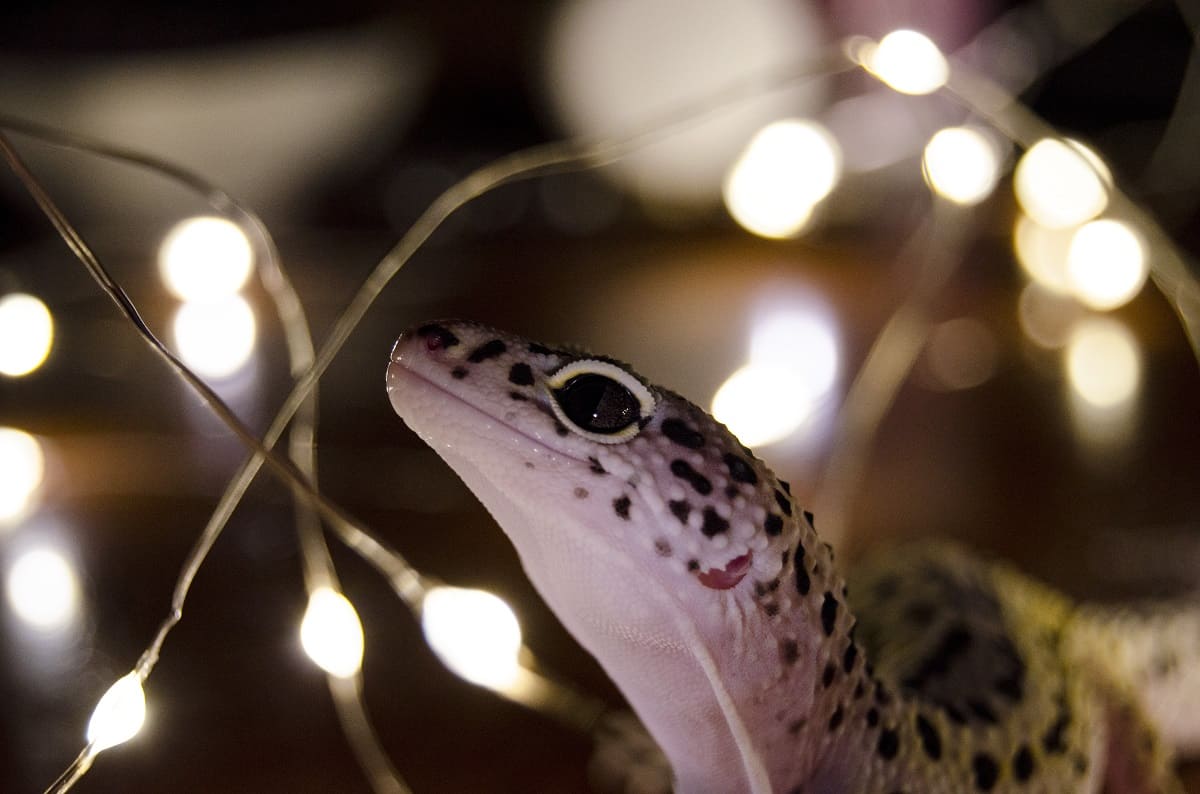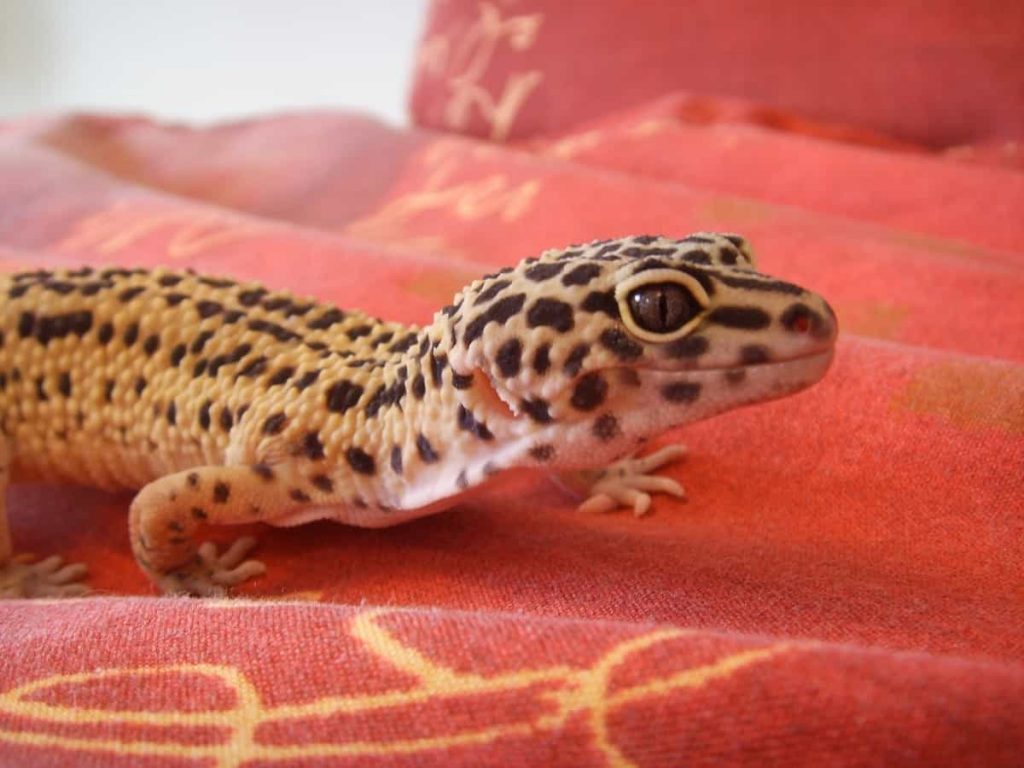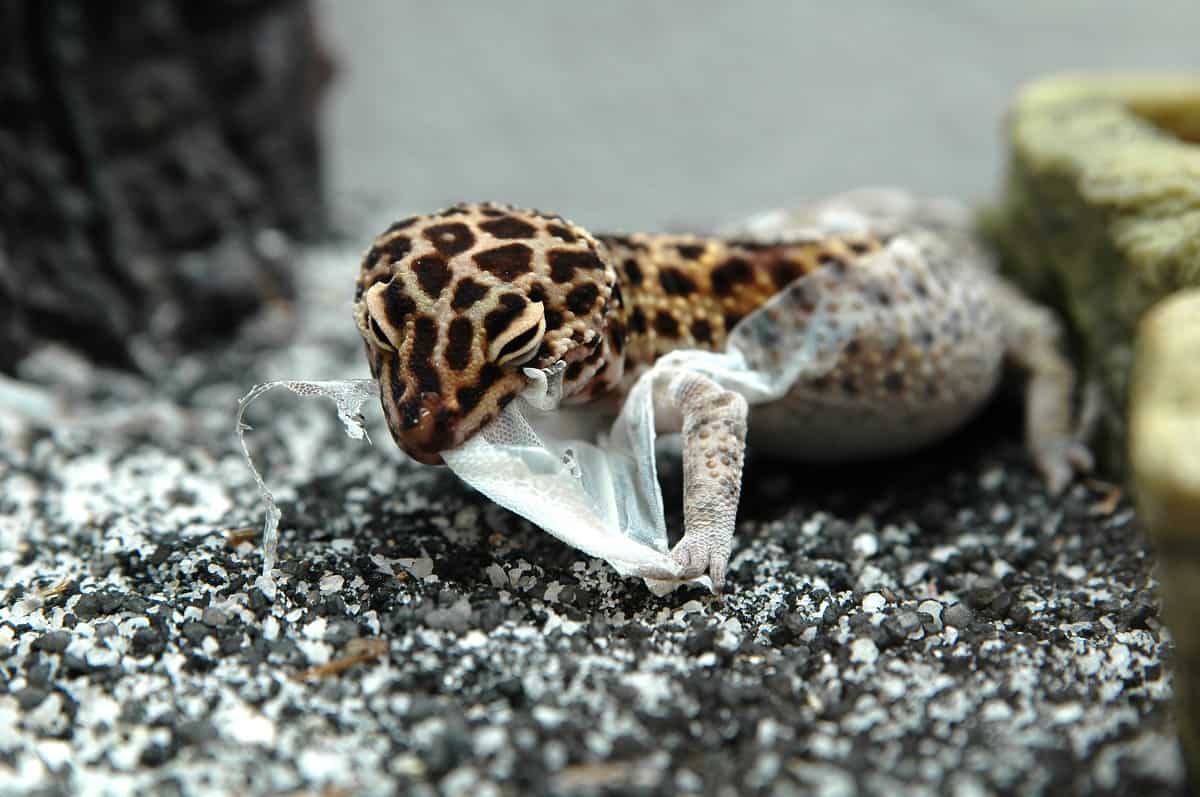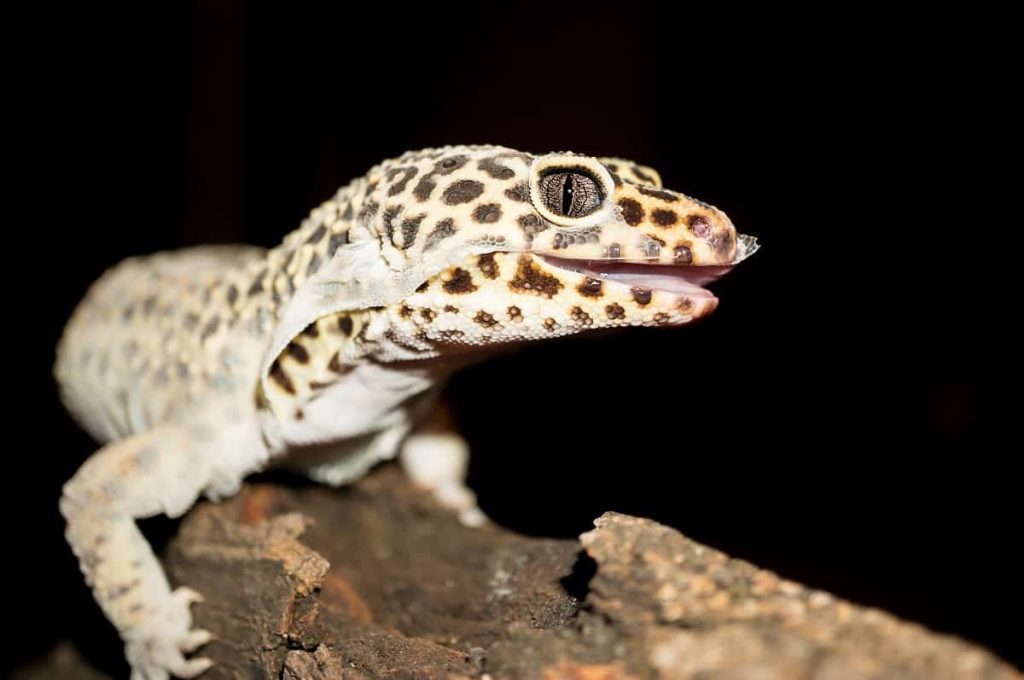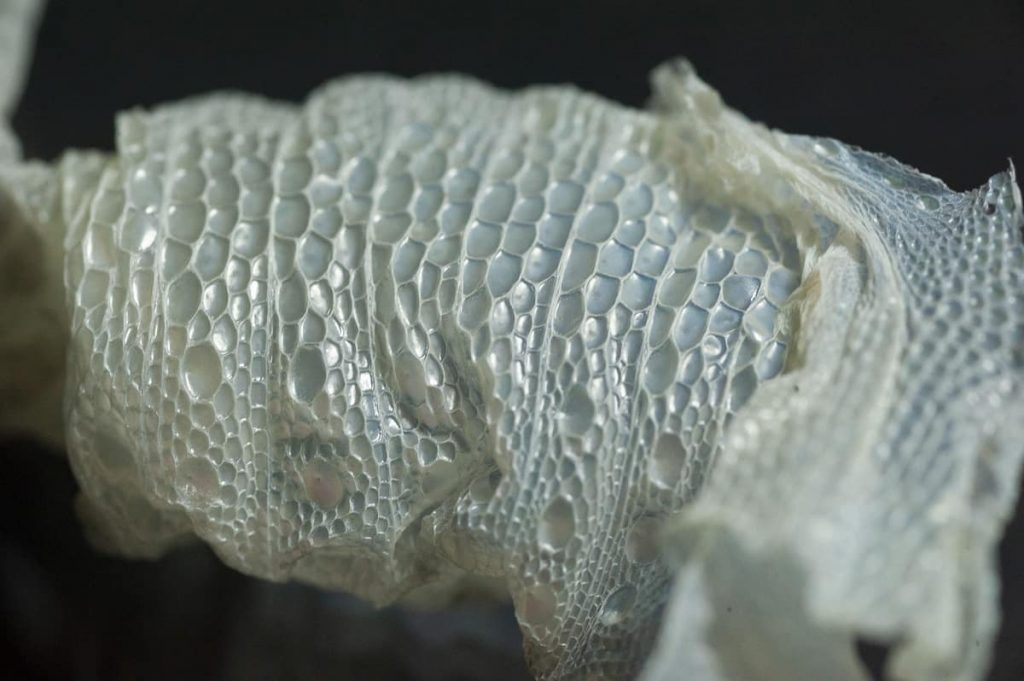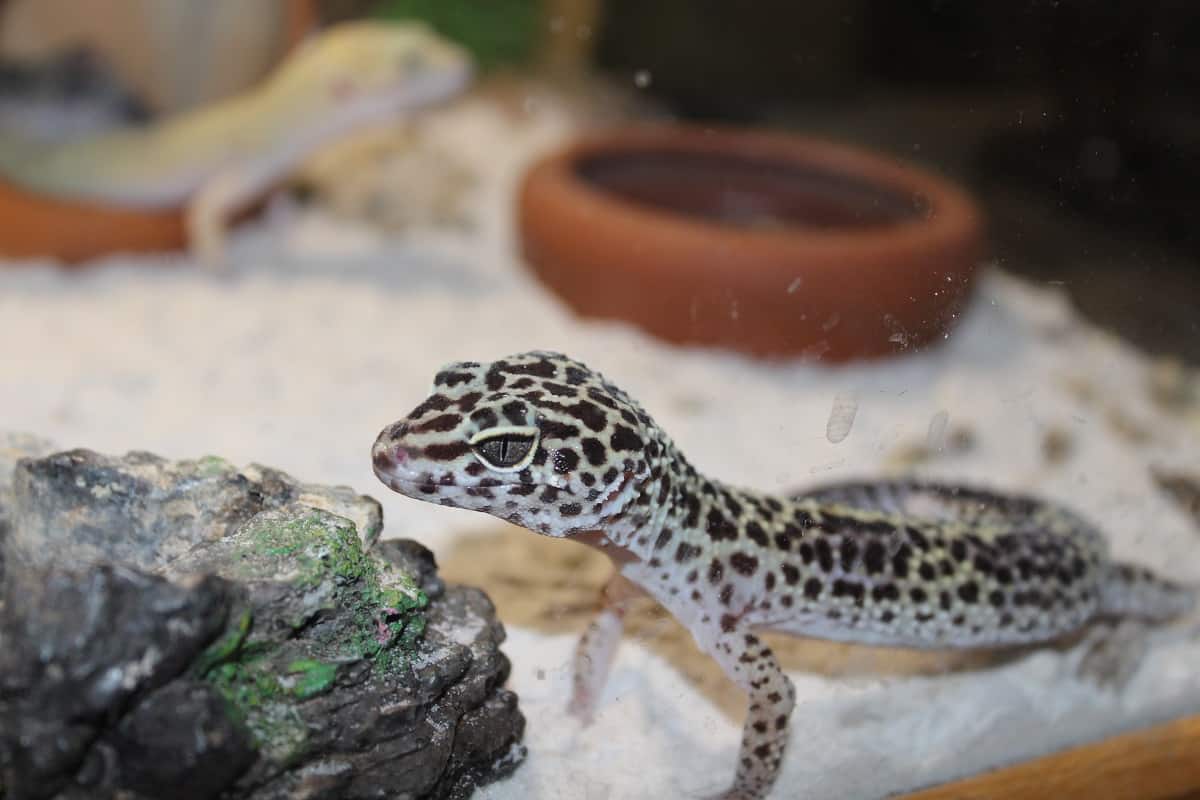While arranging a tank for your Leopard Gecko shouldn’t be
anything too complicated, there is one controversial
question about which substrate is the best. Unfortunately,
the answer is not as simple as you might think, as you will
need to consider a few different factors, such as
cleanliness, price, longevity, safety, and how well it
mimics the natural habit.
What you will want to look for is a product that is safe,
closely mimics the natural habit, and is easy to maintain.
Considering these few points, you might think that a
bioactive substrate is your best choice. However, if you are
just
starting out with your Leopard Gecko
experience, then you may want to find something that is
easier to clean.
Additionally, remember that a young Gecko is likely to try
and eat the particles of the substrate that you install,
which is why sand is not an ideal choice.
Best Substrates for Leopard Gecko
With that being said, here are a couple of ideas that you
may be comfortable with.
Option #1: Newspaper/Paper Towel
There are two main perks of installing newspaper or paper
towel as a Gecko substrate. The first one is that it comes
free or at a very low cost, which will allow you to
reallocate your finances to other segments of the tank.
Additionally, as it doesn’t feature small particles (like
sand), it is ideal if your Gecko is still small and is
tempted to eat the substrate.
Keep in mind that this requires some effort, given the fact
that damp paper is likely to grow bacteria, which can
negatively affect the health of your Leopard Gecko.
Along with this, this type of substrate is gentle on the
body of your pet and doesn’t pose a risk for triggering any
illness or an injury. No, it doesn’t mimic the natural
habitat for a Leopard Gecko, but it is still a
budget-friendly, reliable choice!
Option #2: Shelf Liner
Talking about affordable substrate options, our second
choice would be shelf liner. The main reason why we
recommend this is because it offers fair traction and is
safe as long as you choose a non-adhesive, bleach-free
product. The best thing about it is that you can easily wash
it, and you only need to replace it once every couple of
months.
What you will want to make sure is that the shelf liner is
thoroughly cleaned, as that is the only way to prevent
bacterial growth. While setting it as a substrate may not
give your Gecko the ability to burrow, it shouldn’t be a
deal-breaker, especially if you are on a limited budget!
Option #3: Bio-Active
There are two options when it comes to a bio-active
substrate. The first one is to buy it premade, which may not
be the most affordable, but it is certainly a convenient
option, especially if you don’t have a lot of time to play
around.
If you are more creative and want to engage in some DIY,
then buy some earth, rock, and plants. Putting these
together in a tank can be incredibly entertaining and
rewarding!
Option #4: Stone, Slate, and Tile
Another fantastic substrate option is a combination of
stone, slate, and tile (or installing these separately). The
main perk of these is the fantastic heat retention, which is
perfect for a Gecko that enjoys basking. These can come as
an addition to some of the aforementioned substrates,
providing variation while allowing your reptile to dig and
burrow.
Leopard Gecko Substrates to Avoid
We did our best to highlight a couple of potential
substrates that are safe and fun for your Leopard Gecko, as
well as easy to clean for you as an owner. With this in
mind, there are a couple of products that you should
definitely avoid.
Coir (Coconut Fiber)
Yes, it is affordable and long-lasting, but these aren’t the
only traits that a substrate should be highlighted by.
Coconut fiber is natural and features a number of
antimicrobial properties, which would make you think that it
is 100% safe for your reptile.
Unfortunately, that is not the case. When it is installed in
a semi-arid environment (like most Gecko tanks tend to be),
it puts off little dust particles that can enter the
respiratory system of your pet and cause huge problems. Not
only that, but if the Gecko you own is young and prone to
eating the substrate, it is sure to cause impaction.
Wood Chips and Shavings
These are quite a common choice when it comes to bedding for
several other pets, including hamsters, rats, rabbits, and
even horses. However, the fact that wood shavings can cause
skin irritation and that chips are small enough for your
reptile to eat them makes it a definite no!
Gravel
The reason why you should avoid gravel at all costs is quite
clear. The texture of it may offer good traction, but it is
not gentle on the skin. Also, if it is small, it can be
ingested by your Gecko Leopard!
Best Products You Can Get Commercially As Substrates
Zilla Reptile Terrarium Bedding Substrate Liner

Coming in a couple of different variations that you should
choose from depending on the size of your Gecko’s terrarium,
what you are looking at is a safe-to-use liner substrate.
Non-abrasive and with the health of your reptile in mind, it
is easy to install and maintain, making it perfect for a
newbie!
Review
The first thing that you will want to know is whether this
substrate is adequate for your tank. Luckily, as it comes in
10-gallon, 15-20 gallon, 29-gallon, 30-gallon, 50-gallon,
55-gallon, 75-gallon, and 125-gallon options, you shouldn’t
have a tough time finding an adequate liner. Not only that,
but even if it is too big, you can simply roll it out, cut
the excess off, and install it into the bottom of your Gecko
terrarium.
This product is incredibly good if your reptile is still
young and interested in eating the substrate. As this one is
non-digestible, that risk is completely eliminated. Not only
that, but as it is treated with bio-enzymes, the liner is
odor-free and easy to maintain by washing it with some cold
tap water.
No, it doesn’t replicate the natural habitat for a Gecko
Leopard, but the fantastic price and convenience that you
are getting make the Zilla Reptile Terrarium a good choice!
Pros
- Great price point for good quality
- Made for small, medium, and large tanks
- Non-abrasive
- Featuring bio-enzymes
- Non-digestible
Zoo Med Excavator Clay Burrowing Substrate

If your idea is to make your reptiles feel like they are
living in their natural habitat, then this Zoo Med product
is a fantastic choice. As it is all-natural and doesn’t
feature any artificial compounds or chemicals, we would
recommend it to owners of both juvenile and adult Leopard
Geckos!
Review
As we have mentioned above, this is an all-natural substrate
that will allow your reptiles to do what they would in a
natural environment – dig and burrow. The main
question that comes to mind is whether the structure will be
able to hold and for how long?
Luckily, the clay that this substrate is highlighted by
seems to be quite reliable, and the burrows shouldn’t crack
and turn into dust even after drying out. With this in mind,
it seems like a safe and fun addition to your pet’s
terrarium.
What you should keep in mind is that the maintenance part is
a bit fussy due to the fact that both poop and urine are
easily absorbed by the clay, which can then present a strong
odor. Other than that, there’s not much to put against
the Zoo Med Excavator clay, as it is an affordable 10-pound
offer that your reptile will love!
Pros
- Affordable price for most people
- All-natural product
- Doesn’t collapse
- Safe for juveniles
Cons
- Fussy maintenance can be frustrating
Zoo Med ReptiFresh Odor Eliminating Substrate

Moving on with our list of the best substrates for Leopard
Geckos comes another product from Zoo Med, which is
considered to be one of the most recognized names on the
market. While it should be used as an addition to the
aforementioned Excavator Clay or Zoo Med Sand, it comes as
one of the most innovative substrate options on the market!
Review
The first thing that we want to say about this black and
gray odor eliminating substrate is that it is completely
natural and doesn’t include any artificial dyes or
potentially harmful chemicals. Most importantly, this
ReptiFresh can offer more than 12 months of continuous use
before you will need to replace it.
This product comes in a couple of different sizes, including
an 8-pound bag. It also comes in a two-pack, three-pack, and
a four-pack, which is a fantastic option for those who enjoy
bulk shopping.
It is incredibly simple to use, as you should pour it around
2 inches deep into the sand, only to have more burrowing
substrate placed on top of it. The only issue that we have
is that it is quite dusty.
Still, if it is at a good depth, it shouldn’t be at risk of
your juvenile geckos eating it!
Pros
- Eliminates odor
- Easy to use
- Lasts up to 12 months
- All-natural product
Cons
- Quite dusty – can be an irritant
Hamiledyi Reptile Carpet Natural

While we said earlier that you should avoid products that
are made from coconut fiber, this is one among the few
exceptions, as Hamiledyi did a fantastic job eliminating all
the risks. Thus, this all-natural substrate won’t put off
the semi-dust particles that your reptile can eat or inhale.
Attractive and convenient, it is a substrate to consider,
especially if you are an owner of an adult Gecko!
Review
The first thing that we love about this product is that it
is completely natural and not artificially dyed. The
convenience that it offers is due to the adaptable sizing.
If it is too big, you can roll it out and cut, and if it
seemingly lacks size you can stretch it further.
Originally, it measures 19.7 inches in length, 11.8 inches
in width, and 0.4 inches in thickness. Non-abrasive and
fully absorbing, you won’t have to perform a lot of
maintenance other than rinsing it with cold tap water.
Still, keep in mind that it can take up to 24 hours for it
to fully dry.
Much like the aforementioned substrate, this one offers a
natural habitat appearance and is completely odor-free. This
means it will be enjoyable for you and your pet!
Pros
- Completely natural product
- Easy to customize based on needs
- Attractive look
- Odor-free and will not affect your gecko
Cons
- Takes 24 hours to completely dry
Zoo Med Eco Earth Loose Substrate

Suitable for different tropical species including the Gecko
Leopard, it is made from a renewable source, offering
optimal absorption, and an odor-free environment!
Review
It comes as one of the most versatile and natural-looking
substrates on the market. Following the instructions, you
should be completely free to install it damp, as it offers a
fantastic absorption rate and is quite easy to clean with
nothing but cold tap water.
It is made out of stretchable coconut fiber. Much like in
the case of the aforementioned product, this doesn’t present
a risk for your Gecko fiber due to fine designing. Not only
is it aesthetically pleasing, but it also offers an
odor-free environment that your reptile will love.
The issue that we have with it is that it is a bit highly
priced. Other than that, we can’t say much against this
all-natural, customizable gecko substrate!
Pros
- Free of chemicals
- Can be customized to your preferences
- Made from a renewable source
- Traps humidity/great absorption
Cons
- A bit pricey for some people
Summary
In the end, it all comes down to ensuring that your Leopard
Gecko has the best possible living environment. With this in
mind, our personal favorite is the Zoo Med Excavator Clay in
combination with the ReptiFresh Odor Eliminating Substrate,
as these two work together to provide a healthy, odor-free,
and entertaining habitat!
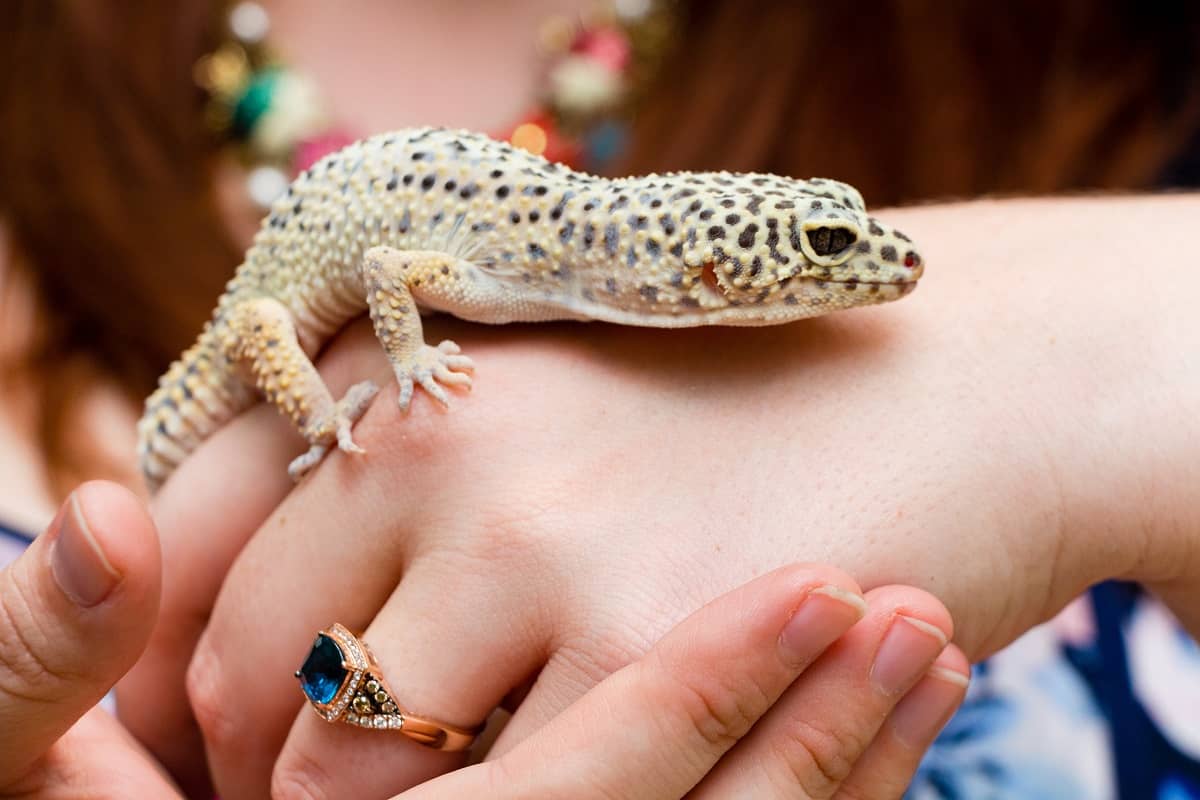
![Best Leopard Gecko Books for Gecko Lovers [2021] 2 Best Leopard Gecko Books - leopard-gecko.org](/wp-content/uploads/2021/02/Best-Leopard-Gecko-Books-leopard-gecko.org_.jpeg)
![Best Leopard Gecko Books for Gecko Lovers [2021] 3 Best Leopard Gecko Books for Gecko Lovers [2021] 1](https://m.media-amazon.com/images/I/51zi2q5JfbL.jpg)
![Best Leopard Gecko Books for Gecko Lovers [2021] 4 Best Leopard Gecko Books for Gecko Lovers [2021] 2](https://m.media-amazon.com/images/I/51AKph9riRL.jpg)
![Best Leopard Gecko Books for Gecko Lovers [2021] 5 Best Leopard Gecko Books for Gecko Lovers [2021] 3](https://m.media-amazon.com/images/I/51GhZbGcwUL.jpg)
![Best Leopard Gecko Books for Gecko Lovers [2021] 6 Best Leopard Gecko Books for Gecko Lovers [2021] 4](https://m.media-amazon.com/images/I/41STQJVX1AL.jpg)
![Best Leopard Gecko Books for Gecko Lovers [2021] 7 Best Leopard Gecko Books for Gecko Lovers [2021] 5](https://m.media-amazon.com/images/I/414kv1l-IzL.jpg)
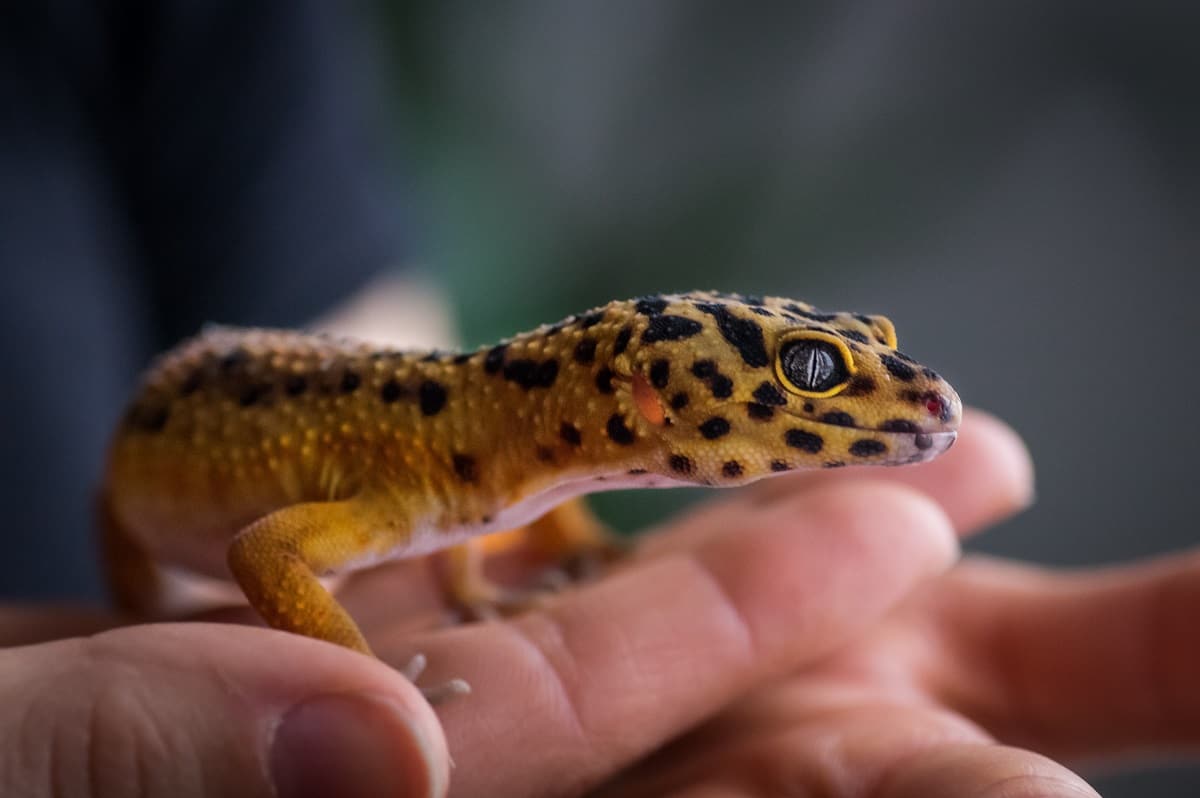
![Best Under Tank Heater for Leopard Gecko [2021] 9 Best Under Tank Heater for Leopard Gecko - leopard-gecko.org](/wp-content/uploads/2021/01/Best-Under-Tank-Heater-for-Leopard-Gecko-leopard-gecko.org_.jpeg)
![Best Under Tank Heater for Leopard Gecko [2021] 10 Best Under Tank Heater for Leopard Gecko [2021] 6](https://m.media-amazon.com/images/I/51kDJMteitL.jpg)
![Best Under Tank Heater for Leopard Gecko [2021] 11 Best Under Tank Heater for Leopard Gecko [2021] 7](https://m.media-amazon.com/images/I/51Vm1LKMhQL.jpg)
![Best Under Tank Heater for Leopard Gecko [2021] 12 Best Under Tank Heater for Leopard Gecko [2021] 8](https://m.media-amazon.com/images/I/51xt+CcbiVL.jpg)
![Best Under Tank Heater for Leopard Gecko [2021] 13 Best Under Tank Heater for Leopard Gecko [2021] 9](https://m.media-amazon.com/images/I/51zIneVhyeL.jpg)
![Best Under Tank Heater for Leopard Gecko [2021] 14 Best Under Tank Heater for Leopard Gecko [2021] 10](https://m.media-amazon.com/images/I/51vg3eQN68L.jpg)
